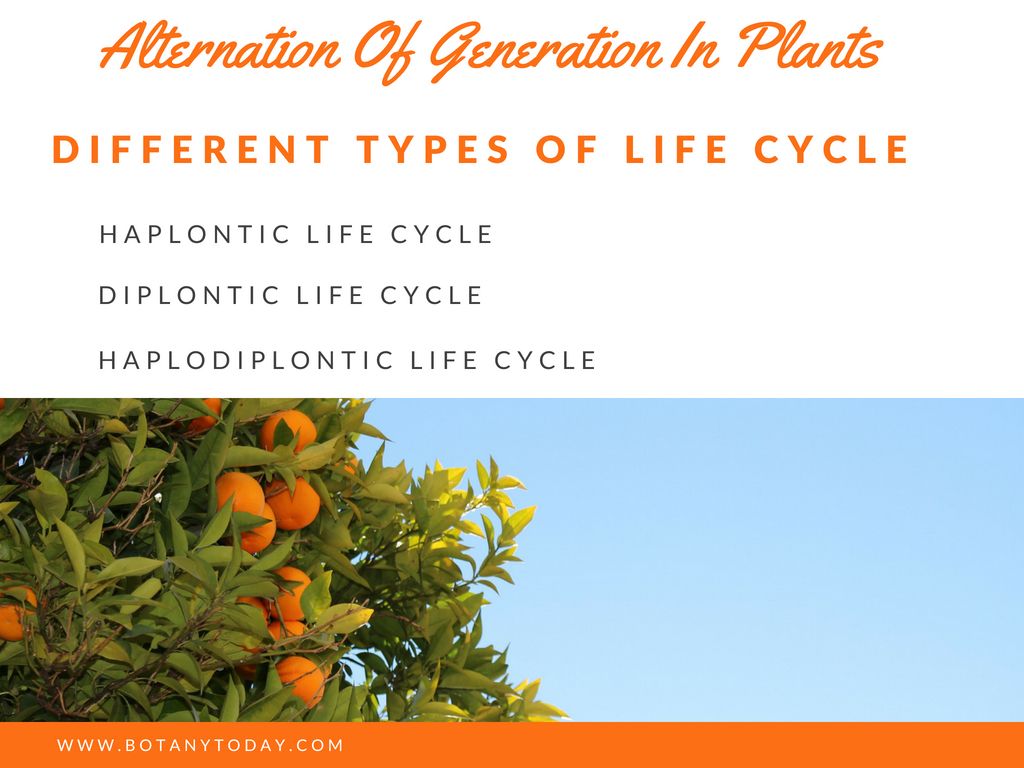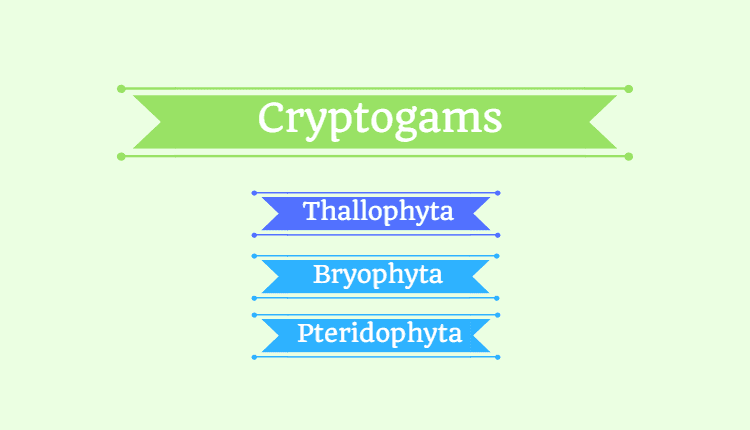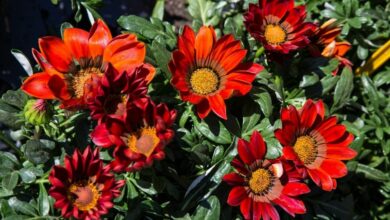Alternation of Generation in Plants (Metagenesis)

The kingdom Plantae has a characteristic feature in its life cycle. All the members of this kingdom have a definite life cycle which is alternated between two phases. This is called alternation of a generation where two types of cells haploid cells and diploid cells are formed one after the other. The diploid stage is the sporophytic phase and haploid stage is the gametophytic phase. The haploid gametophytic body produces male and female gametes by mitosis. The male and female gametes fuse to form a zygote after fertilization. The zygote then undergoes mitotic division to produce diploid sporophyte. The sporophytic plant body produces haploid spores by meiosis. The haploid spore again forms a haploid gametophyte. Thus, the cycle continues from asexual phase to sexual phase.
Important Points in Alternation of Generation
- Sporophytes are always diploid (2n) while gametophytes are always haploid (n).
- Sporophytes produce spores while gametophyte produces gametes.
- After meiosis, spores are formed not gametes.
- After mitosis, gametes are produced.
Features of a Gametophyte
- Gametophytes produce gametangia.
- Gametophyte has sex organs such as antheridia and archegonia.
- Antheridia are male sex organs that produce sperms while archegonia are female sex organs that produce eggs.
- After fertilization, a zygote is formed which is a diploid cell.
- Zygote forms a multicellular embryo that divides mitotically to produce a sporophyte.
Features of a Sporophyte
- Sporophyte produces
- Sporangia contain the spore mother cells.
- The spore mother cells undergo meiosis to produce haploid spores.
- Each spore produces a new gametophyte.
Different members of plant kingdom have variation in their life cycle. In case of angiosperms and gymnosperms, the sporophyte plant body is a photosynthetic and dominant stage. In pteridophytes, the sporophytic phase is the dominant phase but is small and dependent on the gametophyte in the early stages. In bryophytes, the gametophytic phase is a dominant phase and photosynthetic.
Different Types of Life Cycle
There are three different types of life cycles found in kingdom Plantae.
Haplontic Life Cycle
Here, the sporophytic phase is represented by a diploid zygote that undergoes meiosis to form haploid spores. The haploid spores then undergo mitosis to give rise to a new haploid gametophyte. In this cycle, the gametophytic phase is photosynthetic and dominant in nature. This life cycle is seen in some algae such as Volvox and Spirogyra.
Diplontic Life Cycle
In this cycle, the gametophytic phase is a haploid gametophyte that can be single-celled or few-celled. Here the diploid sporophytic phase is photosynthetic, dominant and independent of the gametophyte. This kind of life cycle is found in an alga (Fucus), in all gymnosperms and angiosperms.
Haplodiplontic Life Cycle
This is an intermediate between haplontic and diplontic life cycle. Here both the phases are multicellular. This life cycle is found in bryophytes and pteridophytes. The diploid sporophyte is the dominating phase and photosynthetic in pteridophytes while the haploid gametophyte with photosynthetic phase is found in bryophytes. In pteridophytes, the gametophyte is multicellular while in bryophytes, the sporophyte is multicellular and short lived.










